Lou Varalyay Reminisces
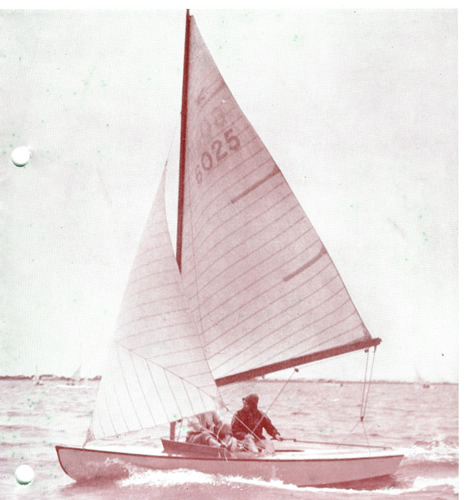

(Originally published on “SnipeTales by a Great Group of Snipe Sailors”, edited and censored by Buzz Levinson, 1996)
by Lou Varalyay
Thanks for the opportunity to give you a facet of my post. The title of this great epic is: How I became a professional boat builder. Answer – A girl fell out of my boat.
My first recollection of boats is going back and forth to school. In one of the stores, they had a window full of toys and one was a little wind up motorboat that I wanted but never got. However, it started my interest and craving for boats.
In grammar school, I made wooden models. In 1929, I built a canvas covered canoe, the ribs were made from wooden bicycle frames. It didn’t sail or row worth a darn but it was my first attempt. I read every book or magazine about boats that I could obtain. Somehow, I got hold of Rudder magazine that had a Snipe in it. I drooled over that for a long time. By 1932, I had to have that boat so I scraped up enough money to get the materials. I lofted the boat on the brightly varnished living room oak floor after moving the forniture out. It was made in the current style of oak and mahogany. My brother, Ted, worked with me. The sails were also laid out on the living room floor and were made from canvas obtained at the Army-Navy store. Our boat number was 369 and we joined Fleet #2 along with Snipe #141, #273, and #300. The Fleet Captain was Merle Davis. He built his boat in Los Angels in the attic. A short while later he built a little marina called Fair Haven and it became a hang out for Snipes in San Pedro. Mr. L.G. Metcalf, Darby Metcalf’s father, became the mentor of the fleet and helped build a hoist so we could launch our boats at the harbor. It was made from oil well casing and his welder even welded it for us.
One day we invited friends to come down and sail with us. While waiting for them to show, a doctor friend with a 25 foot sloop came by and invited us to go with him. We told him we had friends coming and had promised to take them sailing. He said they could come, too. When they failed to show up, we got aboard. Just then, our friends showed up and ran down to the boat. The doctor altered course and the boy jumped aboard but the girl fell in the water. The boat became scratched on a pilling but we pulled the girl aboard and went sailing. Afterward, I offered to fix the scratches for him and he was very pleased. A short time later, he got me a job in his friend’s boat shop, a job that lasted 6 years.
Meanwhile, I scraped up the money to get a set of Ratsey sails but unfortunately, I snagged them on the same pilling that caused the scratches on the doctor’ boat. I was devastated but decided to send them back to Ratsey in New York. But a friend said, “Don’t do that … I know a young man over in Hawthorn who is just setting up a loft and he would do an excellent repair job.” I finally did that and he repaired it, but he also measured it from all angles and started making sails that were equal to Ratsey’s. That young man was Kenny Watts. (And eventually much better! Ed.)
In 1933, a group of guys in the fleet decided they wanted to race to Catalina, which is 21 miles away. We put empty 5-gallon cans under the deck for safety flotation and had a great sail over Catalina and back. I went in 1934. We stayed over there for a 6-day vacation over the 4th of July. Jan Garber was playing over there in the Avalon Casino. The next year, the wind died and the first boat didn’t arrive until 10:00p.m. That was the final Snipe race to Catalina. The wives who went over in a powerr boat said, “No more!”
In 1935, Mr. Metcalf came to me and asked if my firm would be interested in building a couple of Snipes. The management agreed, but they changed to yellow cedar and spruce. The boats were very successful and won many races.
Then again in 1938, Mr. Metcalf came to me and asked me personally to build some Snipes. I had the power tools and was out of work so I agreed. In 1938.1939, we built about 20 Snipes, the first being #3200 for Darby Metcalf. We also built #3470 for Ken Crone, who today still has his boat in the garage in mint condition, It is today the only one still in existence except for #6025 which is in Mystic.
In 1940, Darby Metcalf, Ted and I decided to go to the Nationals and Lake Canandaigua. We took two boats on one trailer and drove 4 1/2 days straight through with one stop in Cheyenne. Darby’s crew was a little wet-nosed kid named Fred Schenck. When we got there, the locals were getting ready to race. We borrowed a boat and got in the fleet races and won 2 or 3. Later that week we attended the New York World’s Fair Then back to Canandaigua which is a finger lake 13 miles long and about one mile wide and very shallow. On the first day, the winds were 25 and up. Darby picked up a third crew off the beach but Ted and I sailed together. Darby with his extra ballast won the race and Ted and I were second. That race was the fastest I have ever sailed in a Snipe. On one run, the whisker pole was set when the boat shook and the pole was launched and landed about 50 feet ahead of us. We picked it up and reset it only to experience the same shaking motion but this time the pole shattered. We finished the race under main and jib but after the finish, we took down the main and were still hiking under jib only.
The next day was entirely opposite. No wind whatsoever. It took us 1/2 to cross the line after the start from 50 feet away. After another 1/2 hour, Ted took off his shirt, stuffed it in the bailing can and set it afire. We were called the Smudge-Pot-Boat.
The third day was a normal 10 knot breeze. Darby was first and we were second and that was the final standings. Darby the winner sold his boat and trailer so a man in Buffalo for a good price. With no trailer, we had to sell our boat to a Mr. George Bridgeman who won every race in the boat.
We soon entered in World War II, but we received many orders in the meantime. We told everyone to contact us after the war. Our ad in the yearbook said we’re fighting the war now, but will take orders and give delivery after the war is over. Near the end of the war, we had ten orders and geared up to build Snipes. Jigs were set up so all our subsequent wood Snipes were within 1/32″ of each other. In January, 1946, we opened and started to build Snipes. In 1957, we built a fiberglass mold. In 1963-4, we made a mold from our wooden Snipe and did better. We closed our shop in 1976 and sold our molds to Ron Fox. During our 30 years, we built nearly 400 Snipes. We enjoyed the work, didn’t get rich, but had fun!
This section is rambling and remembering. In 1962 at the Seattle Nationals, Ted Wells had left our stable and had a new Lofland the wouldn’t measure. They ran a skill saw down the deck on the side and spread it 2 inches … In 1963 at Fort Worth’s Eagle Mountain Lake, I got acquainted with Michelob Cold Draft … In 1965 at Peoria it was very rough one day and after we capsized we have fish in the bilge. Also enjoyed Bud Hook’s Buffalo Burgers … Eddy Williams and BeBop were tailgating and introduced me to a Reuben sandwich which is still my favorite … when we are building Eddy’s Williams boat, he kept send us hams and butter as a hurry up bribe. Eddy wanted his boat right away but Railway Express was as much cost of the boat. I checked into air freight which was relatively new. It was also relatively cheap and TWA agreed to take it. Eddy has his boat the next morning. After that we shipped many boats by air. It was $96 to Chicago … Another bribe was a set of new tires to hurry the delivery. Tires were scarce even after the war … We have a boat in Mystic, Connecticut listed on page 51 of their catalog … following are some customers – the Metcalf family bought 4, Ted Wells 2, Eddy Williams 3, Steve Becthall, Jr, Ed McHenry 4, Jack Pfaff, Dan Blodgett, Terry Whittemore, the Zeratskys, Fred Schenck 3, Bill Killpatrick, Dr. Schaeffer 3, Frank Levinson, Jerry Thompson 3, Dick Rose …Over the years our boats won 13 National Championships. If Harry Levinson would have had one it would be 16! … During the Cold War, a letter from Yugoslavia came about an order, I asked how to deliver it. When it was nearly finished I sent a letter. The reply was that on a certain day, take it down in a dock in Long Beach and leave it. We did that and noticed a Yugoslavia freighter tied up. The next day the boat was gone.
In conclusion, You now know how I became a professional boat builder when a girl fell overboard into the water!
Lou Varalyay
Editor’s Note: Varalyay Snipes set the standard which Snipe builders tried to equal. The Snipe Class was most fortunate when that girl fell in water and when Lew Varalyay bought the Rudder magazine.
(Originally published on “SnipeTales by a Great Group of Snipe Sailors”, edited and censored by Buzz Levinson, 1996)
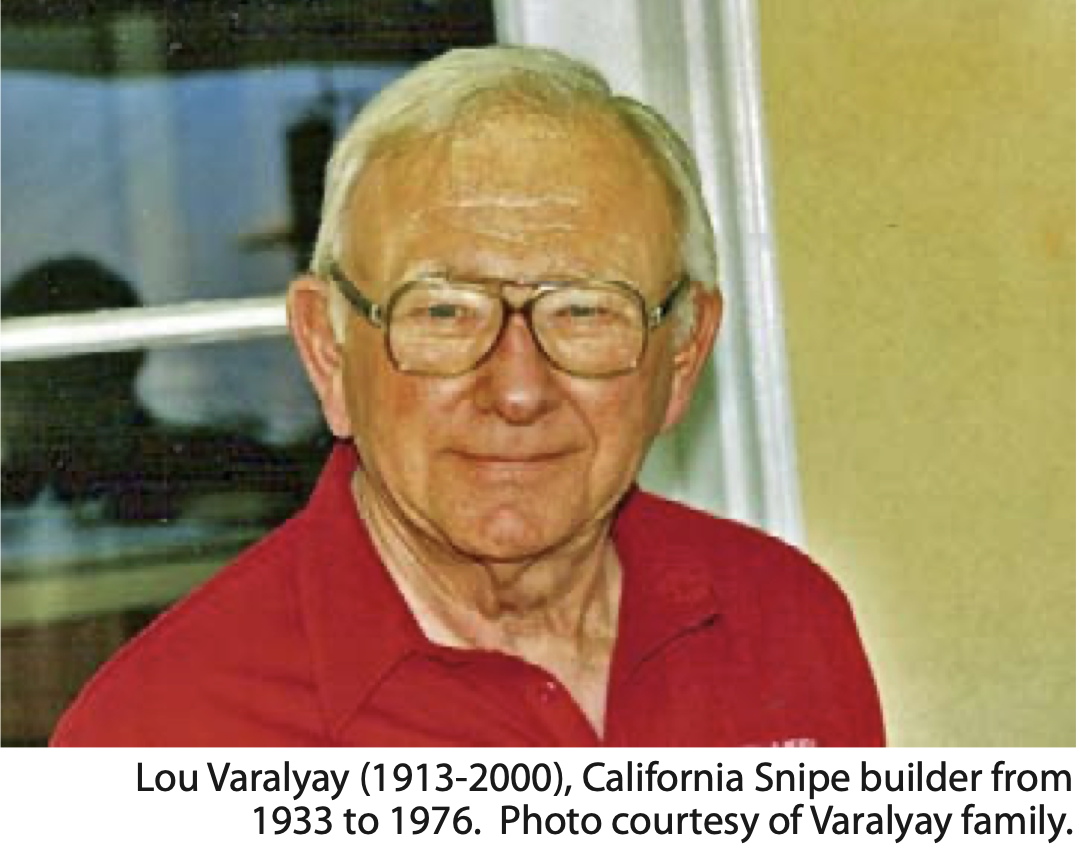
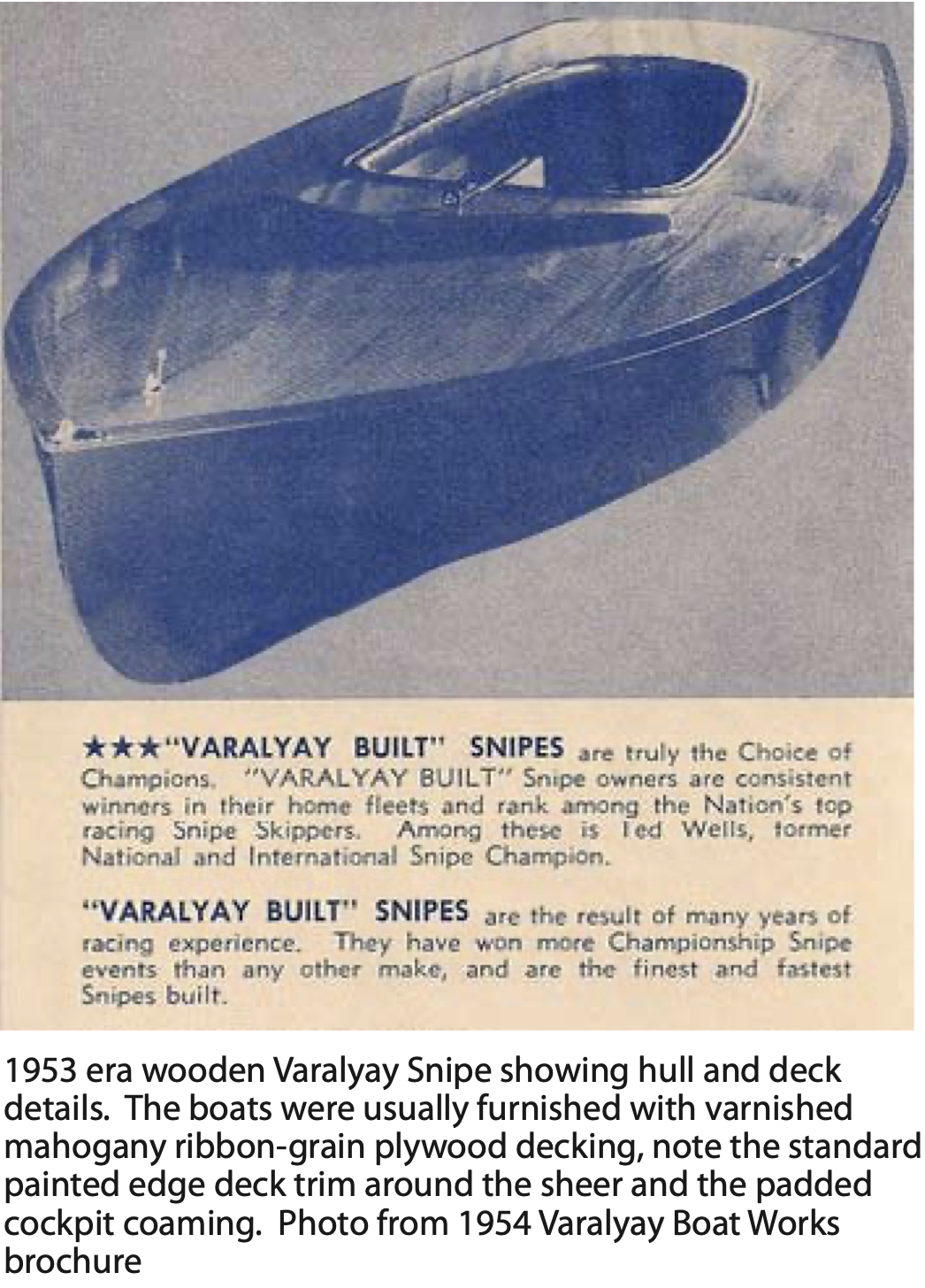
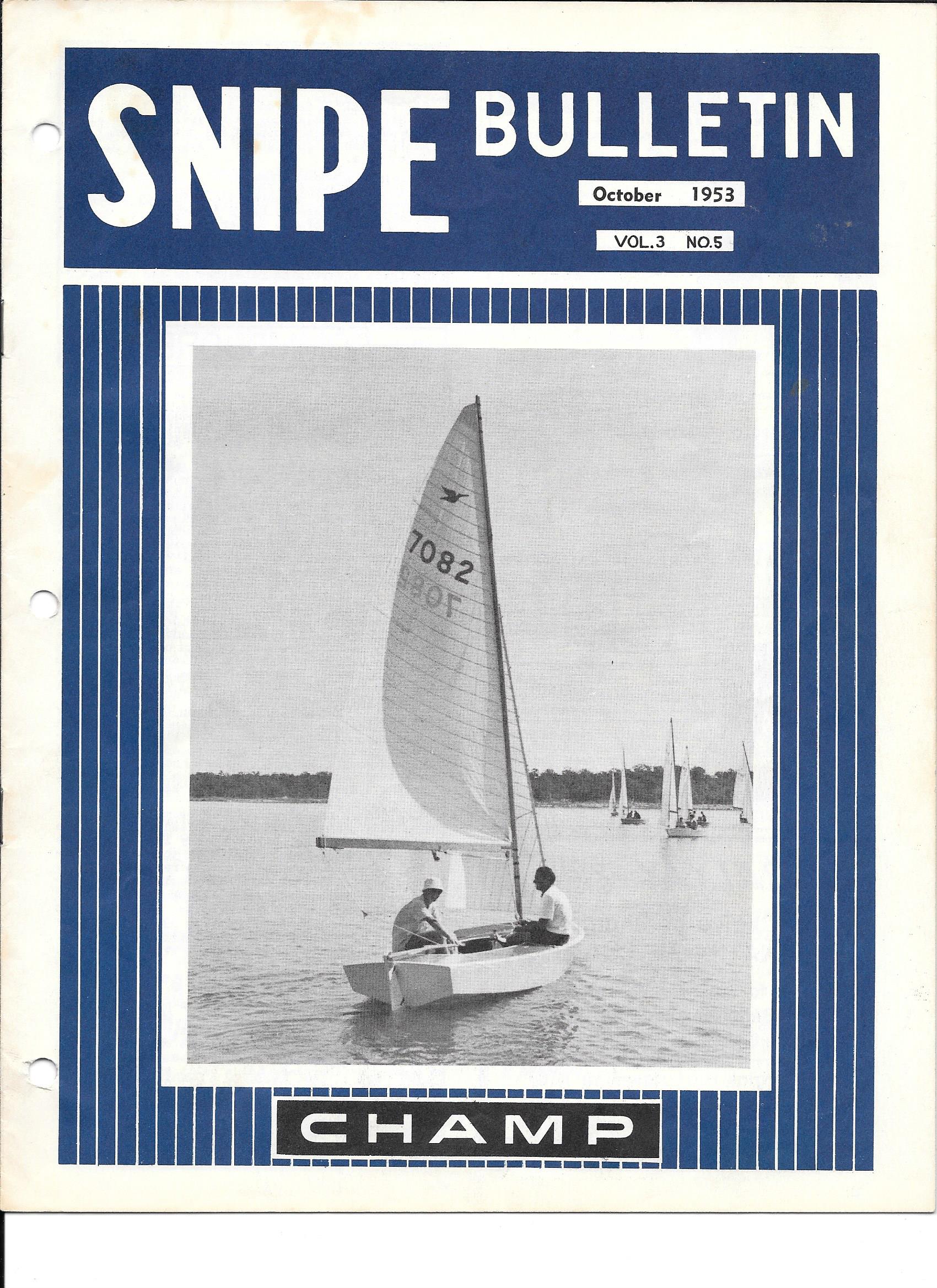

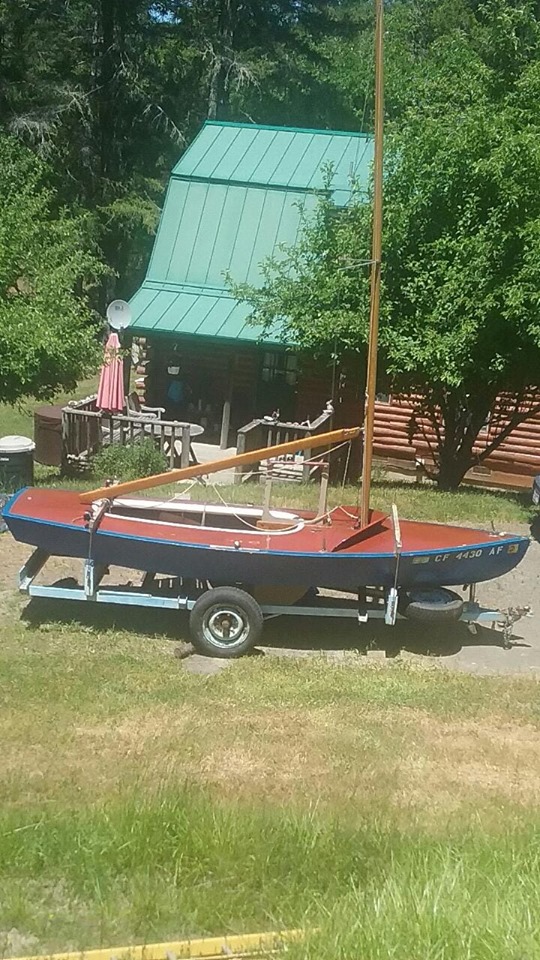
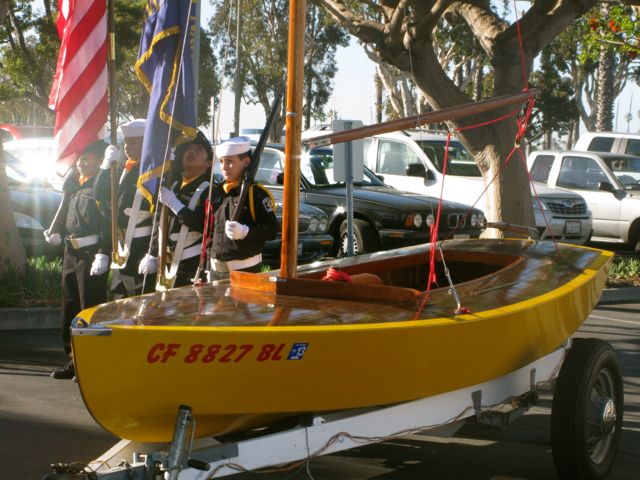
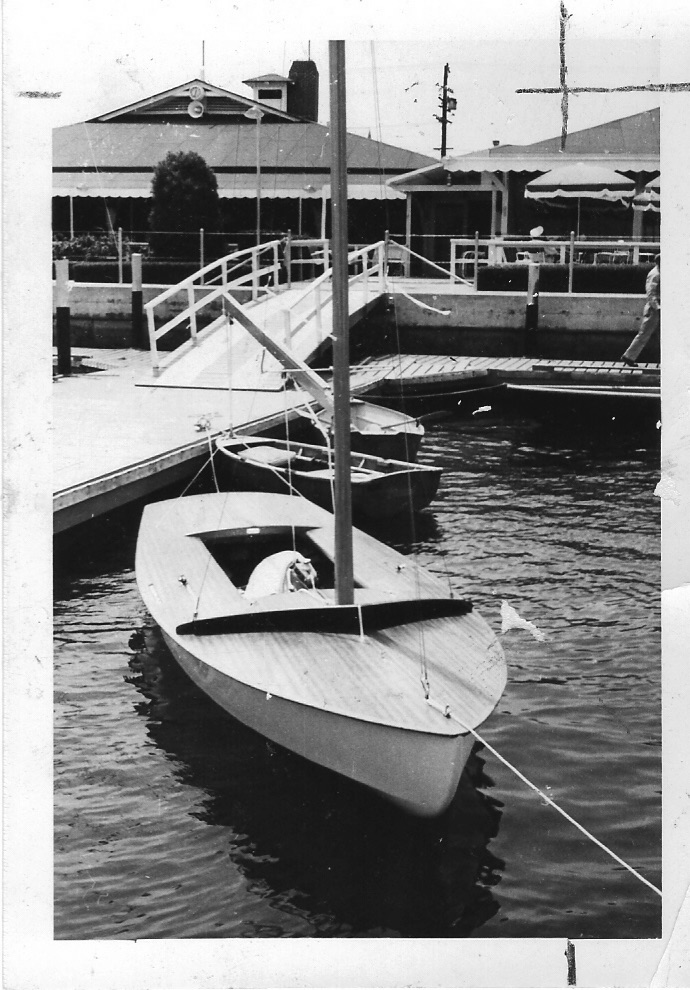
Leave a reply
Your email address will not be published. Your comment will be revised by the site if needed.

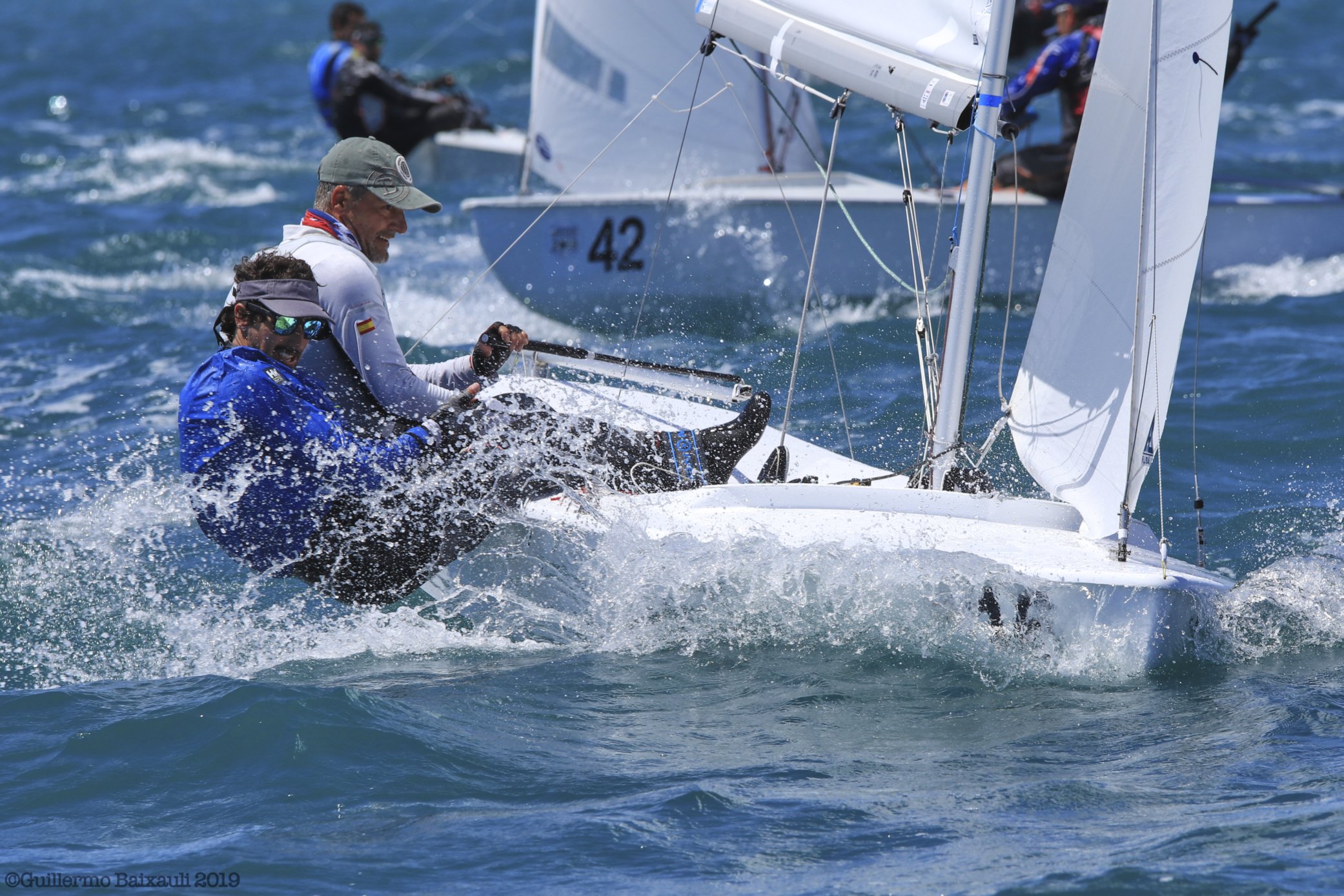
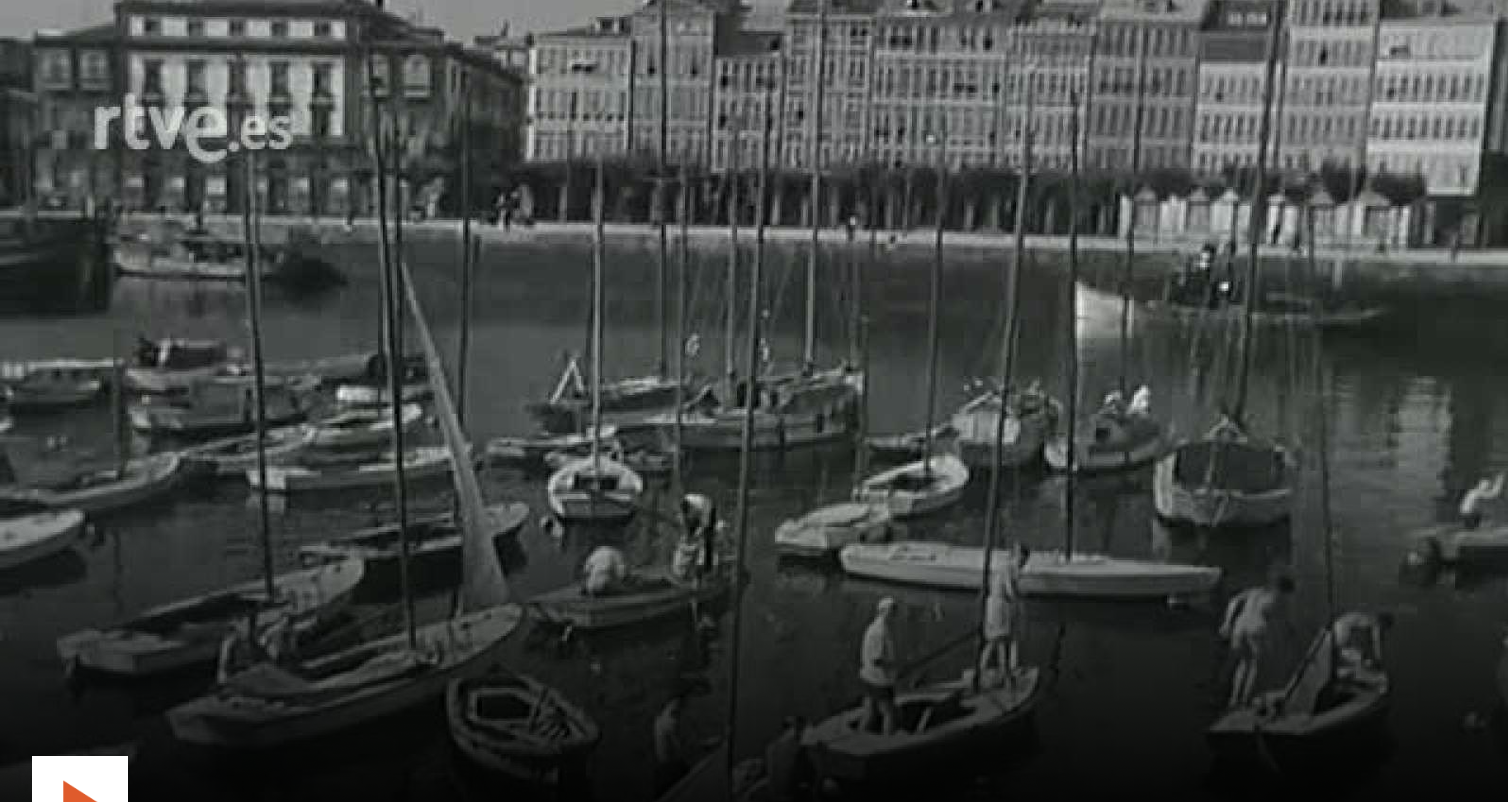
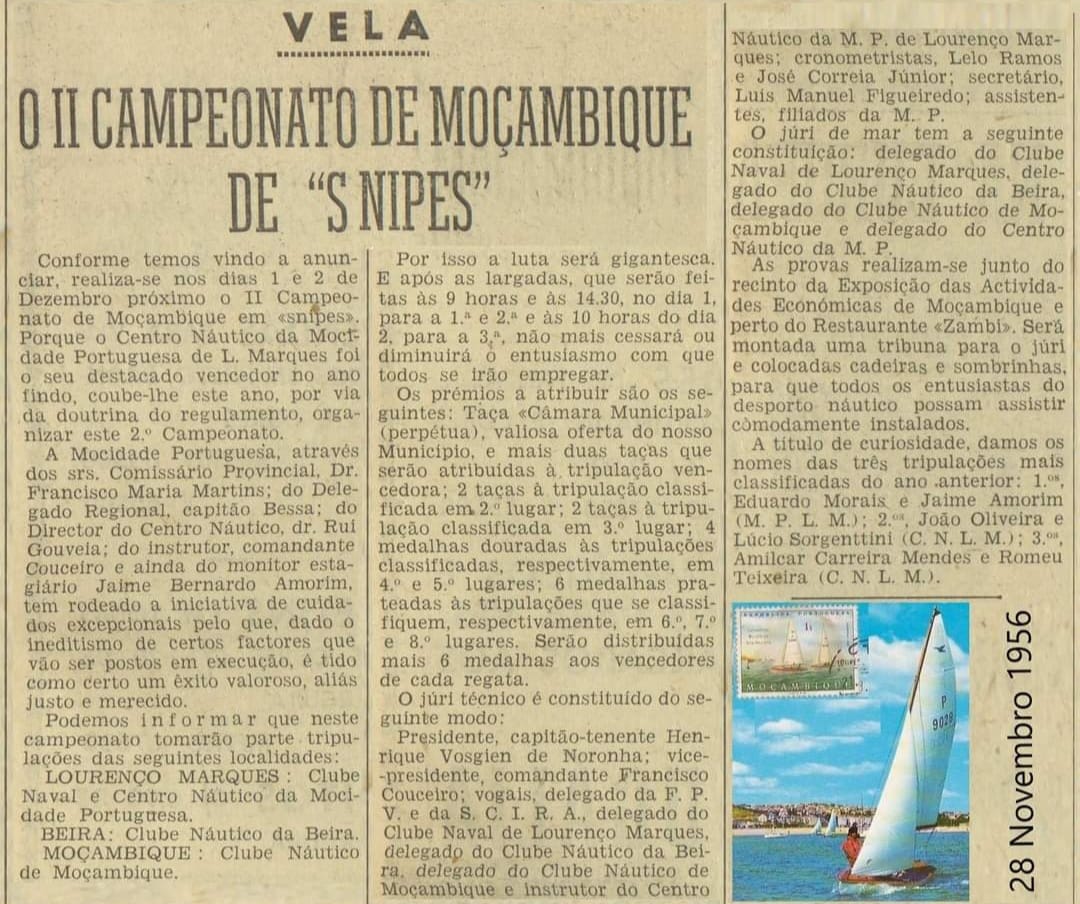
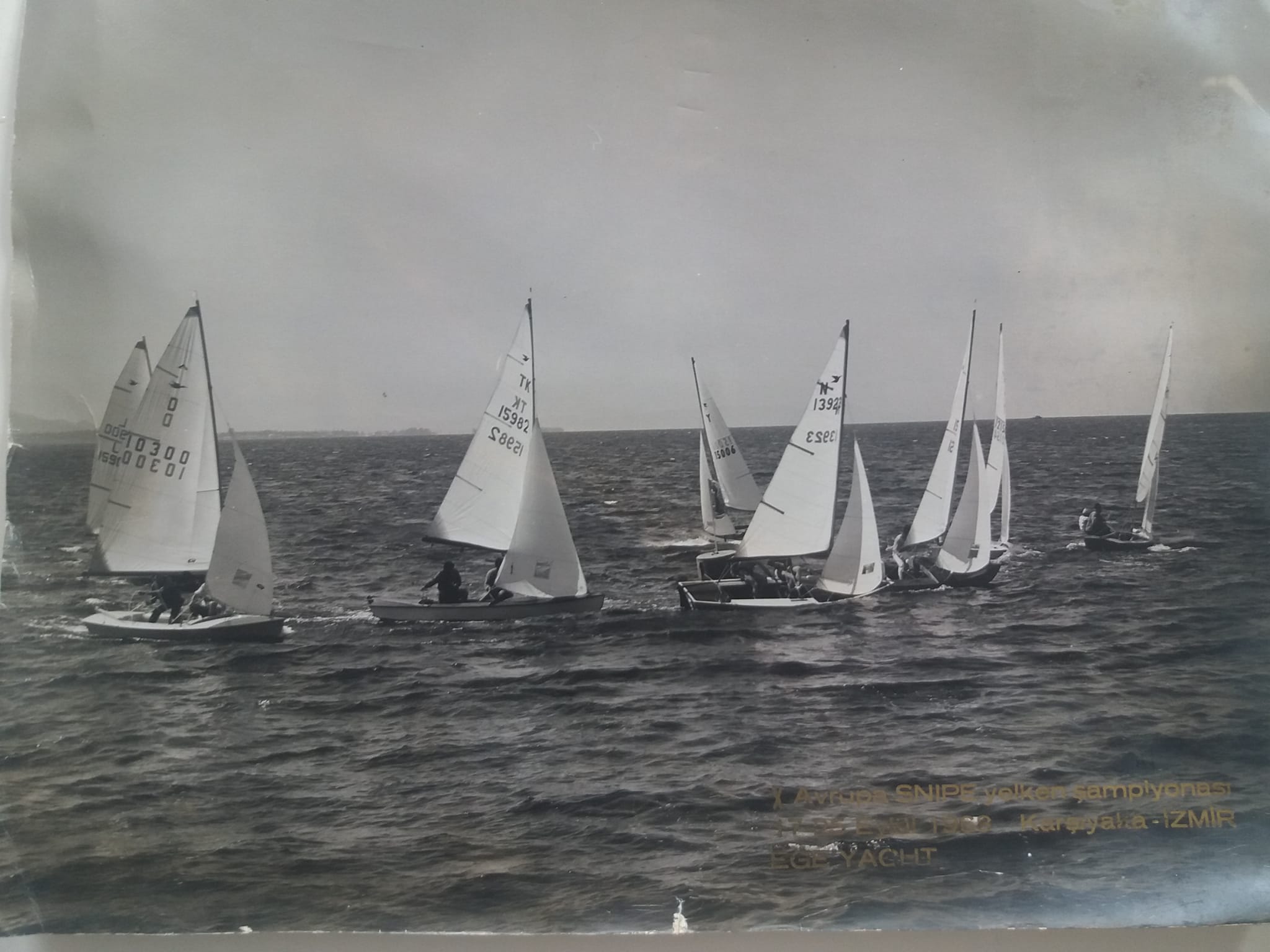
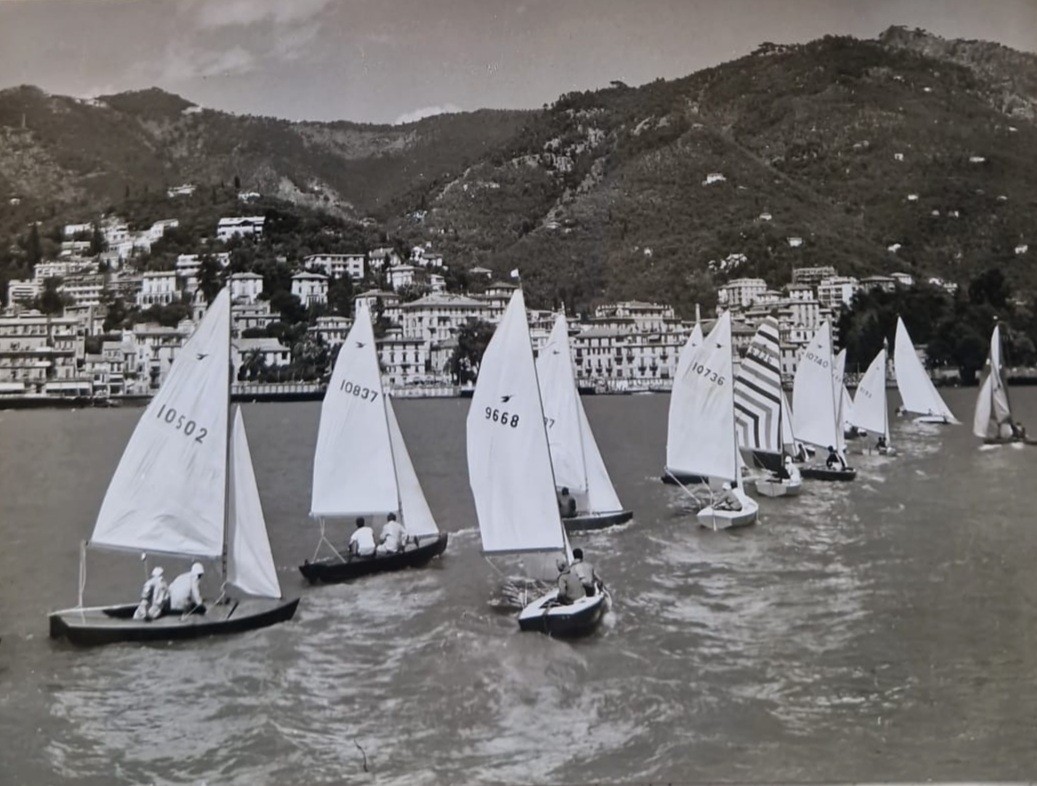
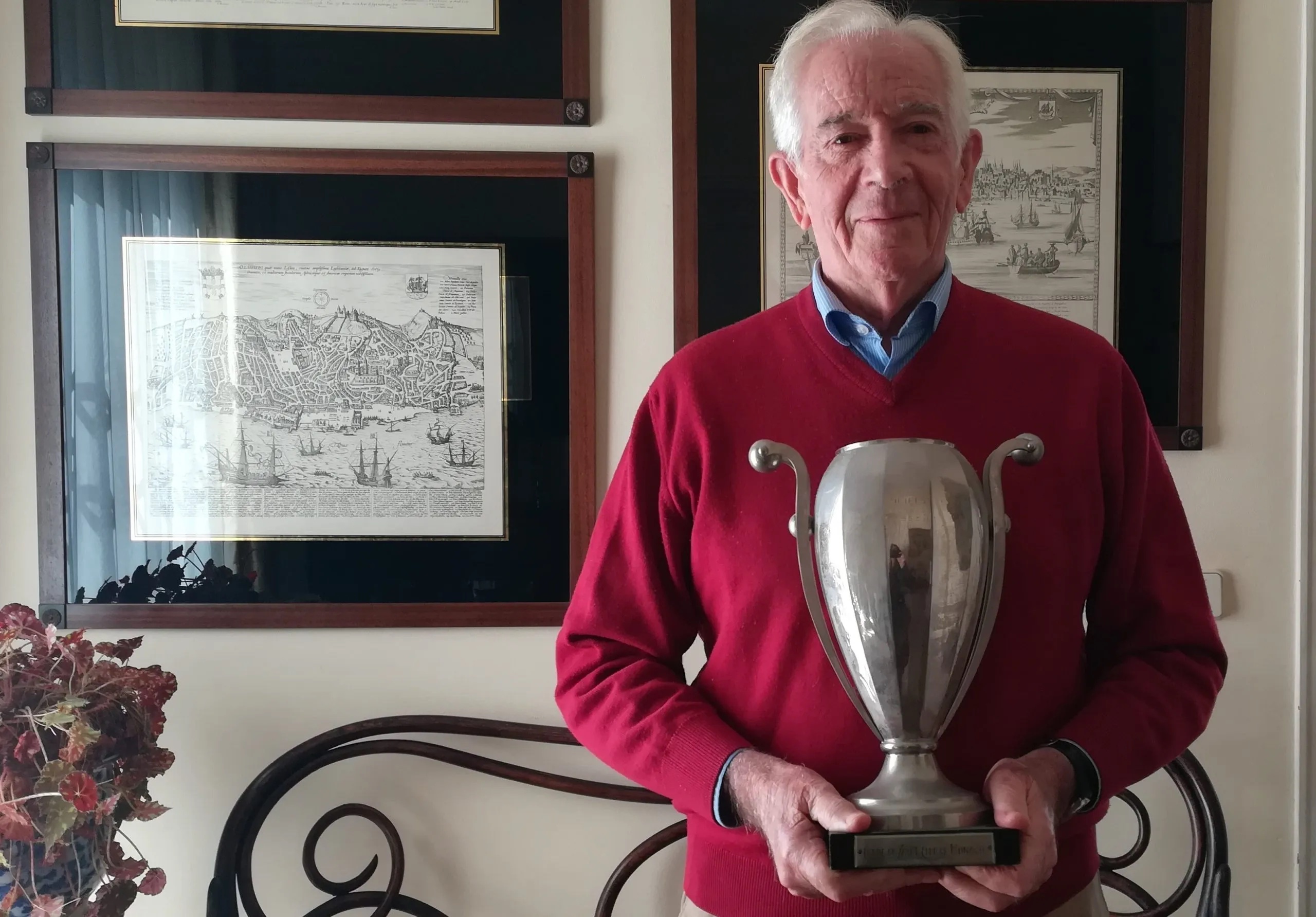
0 comments